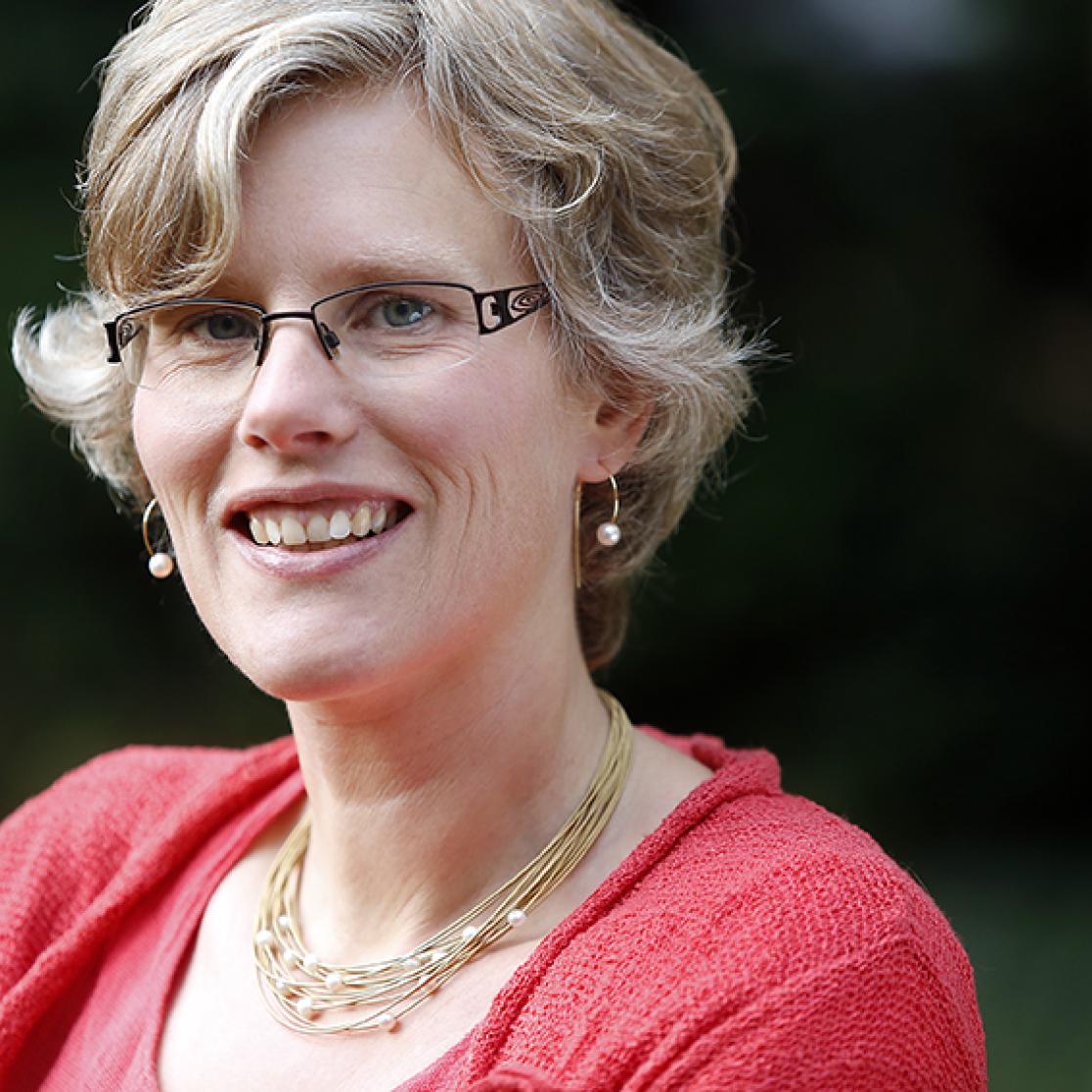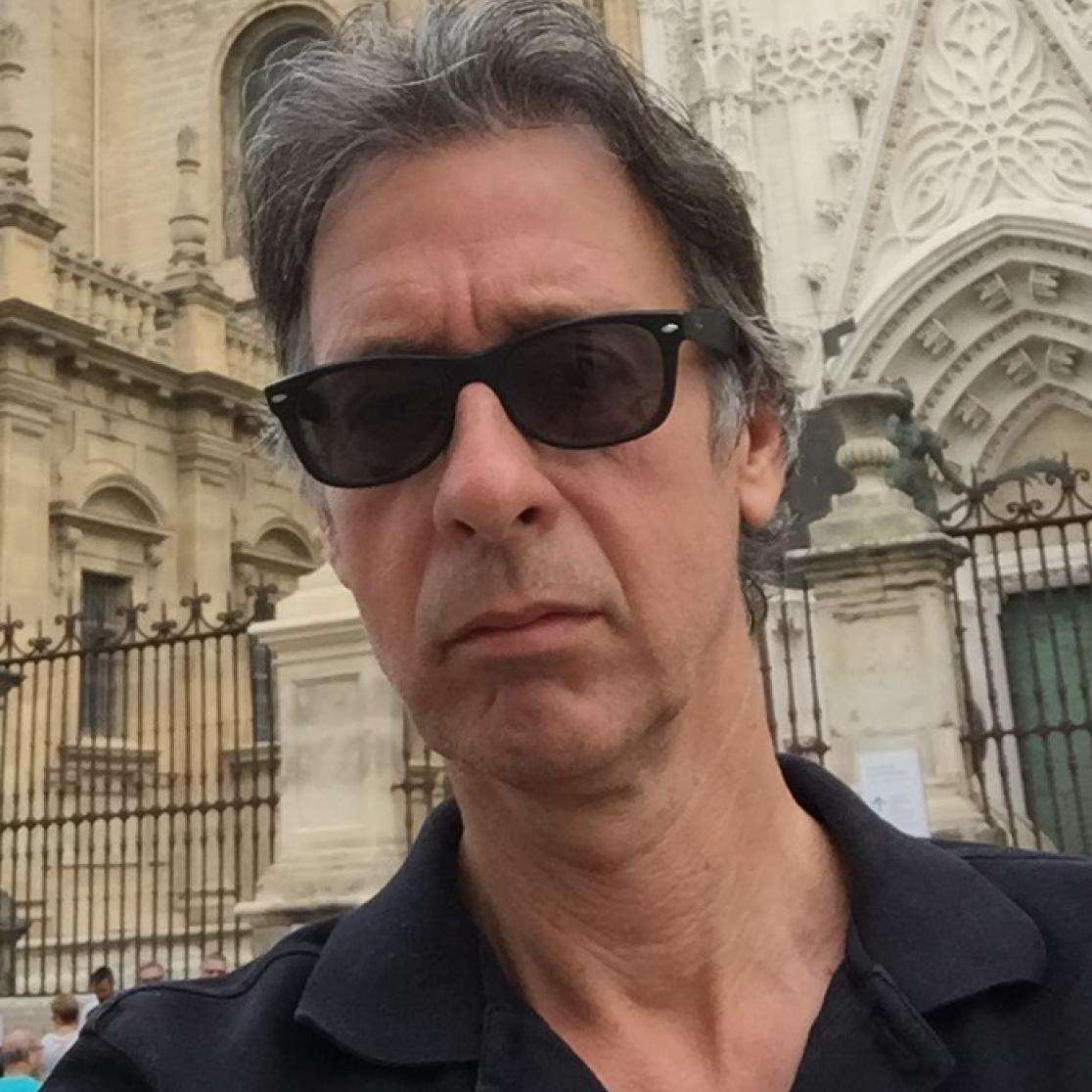Maastricht University invests in solar park. "We want to be a sustainable employer".
To accelerate the switch to renewable energy and to reduce CO2 emissions, Maastricht University and Bodemzorg Limburg will make the former Belvedere landfill suitable for installing solar panels. This is formalised in the Maastricht Energy Agreement with the municipality of Maastricht. We asked Annemarie van Zeijl and Ruud Bollen about UM’s contribution to a more sustainable city through its research, education and operational management.
How did you get involved with sustainability in Maastricht?
Annemarie: “In 2007, Groenlinks (Dutch Green-Left party) had already submitted a motion to ensure that Maastricht would be climate neutral by 2030. The COOL platform, established in 2009, allowed companies, housing associations, the municipality and citizens to meet every six weeks and work towards that goal. I became involved as a citizen, but at the same time, I did my PhD research on regional sustainable development in Limburg. Together with the municipality, we decided to create an assignment for our master's students to take a zero measurement of the CO2 emissions of the city, and to devise a strategy for how Maastricht could become climate neutral. ”
What kind of recommendations came from that research?
Annemarie: “We have made a roadmap with a step-by-step plan for Maastricht becoming climate neutral by 2030. The most important thing that we have recommended is that an energy agreement be drawn up with as many parties as possible so that parties can cooperate on concrete goals. In 2015, UM was one of the first parties to sign up to such an energy agreement."
Why is that important?
Annemarie: “There is national legislation, but ultimately people have to do it themselves. The task is so huge that the government cannot do everything itself. So agreements must also be made at the local level."
And has the municipality adopted your recommendations?
Annemarie: “We presented the study to the council just before the 2013 elections. The COOL platform then sent a letter with recommendations together with the research report. A budget was released for the new coalition and several energy agreements have already been drawn up under the name of #MissionzeroMaastricht. So we have been able to contribute to the energy agreements through a mix of research, education and social impact. ”

Assistant Professor of Sustainable Development at UM's MSI sustainability institute
What has the university promised to do?
Ruud: “With the 2015 energy agreement, we have promised to have 35% green energy in 2020. We achieved that. In this year's new energy agreement, we have aim to generate part of the energy ourselves through solar panels. Bodemzorg Limburg, an organization that manages old landfills, was looking for a designation for the former Belvedère landfill. The ground turned out to be suitable for solar panels. UM invests 50 percent in the solar park and gets to use half of the solar energy. "
Why does UM invest in this?
“Of course generating our own energy is not part of the main task of UM. That is and remains research and education. But we want to comply with the national energy plan, which means that we have to substantially reduce emissions. Moreover, as a major employer in the region, we would like to set a good example. Basically, we want to be a sustainable employer. "
How much energy will UM generate?
Ruud: “In total, the park will be good for 12 megawatts, so we will purchase 6 megawatts. That is about 30% of the energy that UM uses. We will purchase the remaining 70% elsewhere in the Netherlands through solar and wind energy. As a result, we will run completely on green energy by 2022! ”
By Eliza Marx

Finance Director at UM and is responsible for UM's mobility plan and solar park
Also read
-
Flour, family, and forward thinking: the evolution of Hinkel Bäckerei
In the heart of Düsseldorf, the comforting aroma of freshly baked bread has drifted through the streets for more than 130 years. Since its founding in 1891, Hinkel Bäckerei has evolved from a small neighborhood bakery into a cherished local institution.
-
Contribute to a Voice for Children in Conflict Areas
Dr Marieke Hopman and Guleid Jama are launching a new research project on the role of children in peacebuilding in conflict areas.
-
Administrative integration through agency governance The role of Frontex, the EUAA and Europol
PhD thesis by Aida Halilovic